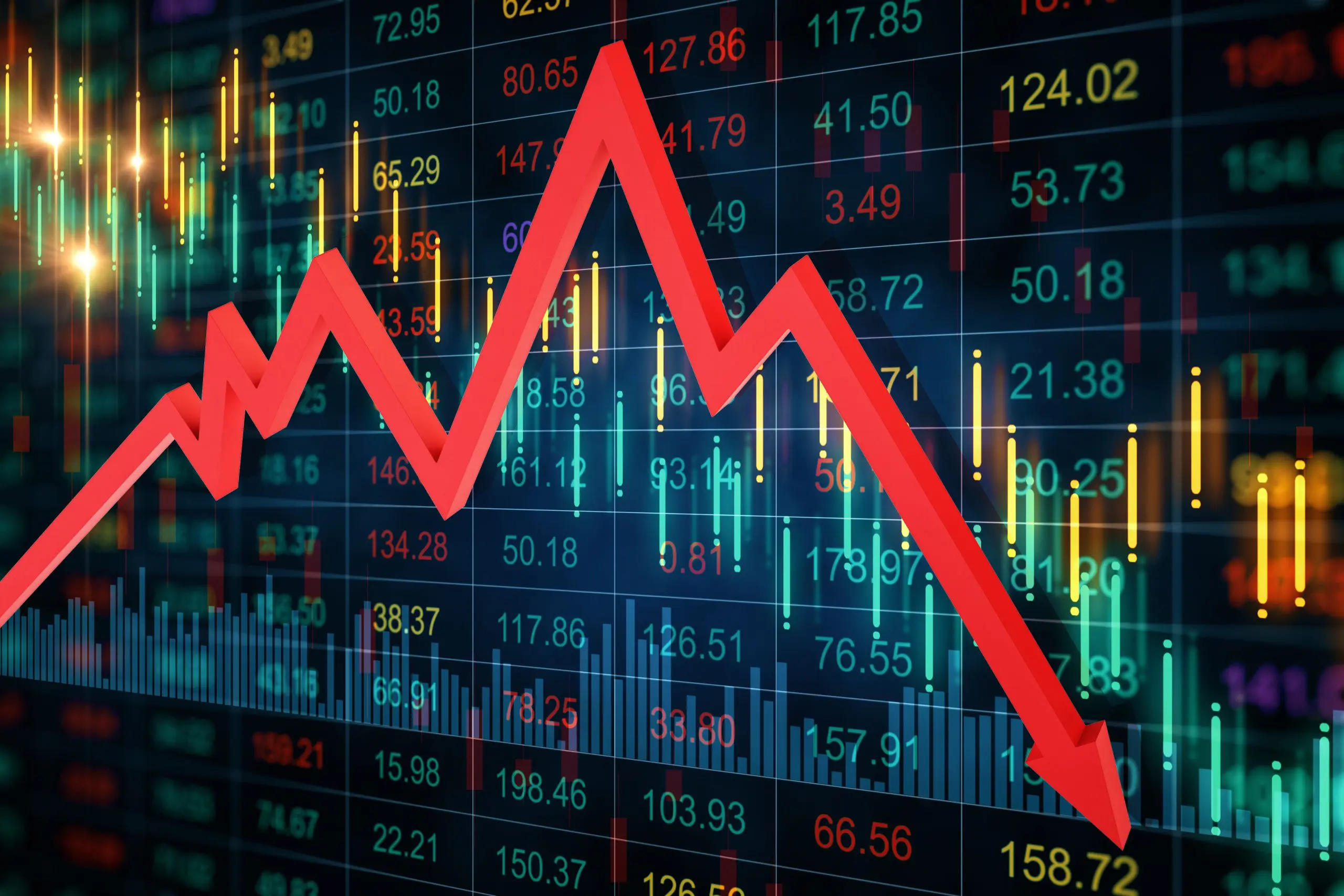In today’s 24/7 news cycle, investors are bombarded with headlines, talking heads, economic predictions, and market forecasts, which makes it difficult to analyze whether they are properly invested. With interest rates, inflation data, elections, and global conflicts constantly in the spotlight, it’s easy to fall into the trap of reacting to each new data point as if it holds the key to your financial success.
But here’s the truth: most of it is just noise.
Instead of trying to work through or react to each news blurb, ask yourself the following two questions:
- Am I properly diversified?
- Am I withdrawing too much from my portfolio?
Am I Properly Diversified?
Diversification isn’t just a buzzword—it’s the foundation of a sound investment strategy. Spreading investments across asset classes (such as stocks, bonds, and cash) and geographies helps mitigate risk and reduce volatility. A well-diversified portfolio acknowledges that no one can reliably predict which asset class will outperform in any given year.
There is a cost to diversification. When the stock market is making new highs and performing well, your diversified portfolio is likely to underperform. However, that is okay because the value of diversification lies in the protection it provides. When the same markets crash, your portfolio won’t be down as much either.
Trying to chase returns or time the market based on the latest trend often leads investors to buy high and sell low—the opposite of what successful investing requires. Instead, staying diversified ensures that some parts of your portfolio are likely to do well even when others struggle. It may not be flashy, but diversification is your best defense against uncertainty.
Asking if you are properly diversified is a good question. At EKS Associates, we provide clients with an analysis that shows the extent of diversification in their entire portfolio. If you want to do this yourself, it may be a more challenging task. Many brokerage firms provide this information when you log in to your account. Remember, however, that you need to examine your entire portfolio to determine how diversified you truly are. If you have assets held at various places, it becomes more difficult to see just how diversified the entire portfolio really is. A good rule of thumb to follow is that any one particular investment should not be greater than 10% of your entire portfolio. If it is, you may want to consider reducing the amount held in that investment so that it does not represent too large a portion of your portfolio.
Am I Withdrawing Too Much From My Portfolio?
The second question—Am I withdrawing too much from my portfolio?—is equally vital, particularly for retirees or those relying on their portfolio to fund cash needs. Even a well-diversified portfolio can’t withstand the pressure of excessive withdrawals.
It is much easier to confirm whether your investments are diversified than it is to determine if you are withdrawing too much from your portfolio. Sure, there are some cases where it is easy to determine one way or the other. But most of the time, the answer is more nuanced and depends on multiple factors.
Numerous studies suggest that a sustainable withdrawal rate—typically around 4% annually—can help preserve a portfolio over a 30-year retirement. However, this rate can vary depending on market conditions, inflation, life expectancy, and personal financial goals.
The best way to determine if you are spending too much is by preparing retirement cash flow projections, as we do at EKS Associates. These projections, when done correctly, will highlight the cash needs from the portfolio, not just annually, but over an individual’s anticipated life expectancy, as well as the impact these withdrawals will have on the portfolio balance.
If you want to do this yourself, there are ways to accomplish this using third-party software or spreadsheets. A mistake we often see people make is forgetting to include projected annual income taxes. This can vary significantly depending on the accounts from which the distributions are taken. With income taxes likely being one of the top expenses people incur throughout their lifetimes, underestimating or overestimating the expense can result in faulty projections.
Spending too much too quickly is one of the most common (and avoidable) reasons investors run out of money. It’s not market downturns alone that cause long-term damage—it’s withdrawing large amounts during those downturns that compound losses and reduce future growth potential.
At EKS Associates, one way we mitigate the risk of drawing funds from assets that are declining is by earmarking cash needs from the portfolio derived from non-stock market investments, equal to three years’ worth of needs. These investments typically include money market funds, CDs, Treasury securities, or short-term bond funds. Knowing that you always have three years’ worth of cash needs sitting outside the stock market provides reassurance during times of market volatility.
Being mindful of how much you take from your portfolio, especially during volatile periods, can mean the difference between a portfolio that lasts and one that doesn’t.
Drown Out the Noise
The financial media thrives on urgency. “Recession fears rise.” “Tech stocks plunge.” “Federal Reserve surprises markets.” These headlines exist to grab attention, not necessarily to provide helpful guidance.
Reacting to each one often leads to short-term decisions that undermine long-term goals. While it’s important to be informed, it’s even more crucial to be grounded. Focusing on what you can control—how your portfolio is constructed and how much you withdraw—brings clarity and discipline, ultimately empowering you to make informed decisions.
Conclusion: The Power of the Two Key Questions
In the end, successful investing isn’t about outsmarting the market or even about beating an arbitrary benchmark. It’s about sticking to a thoughtful, long-term plan designed to deliver the investment returns necessary to achieve your goals.
So the next time you’re tempted to act on a headline or follow the latest market trend, pause and ask yourself:
– Am I properly diversified?
– Am I withdrawing responsibly?
Answering yes to both does not necessarily mean you should ignore the world outside completely. Still, it should give you the comfort to know that you are doing what is prudent to do and will serve you well during periods of volatility.
We invite you to contact us if you would like to review your portfolio to ensure it is properly diversified and aligned with your goals.



